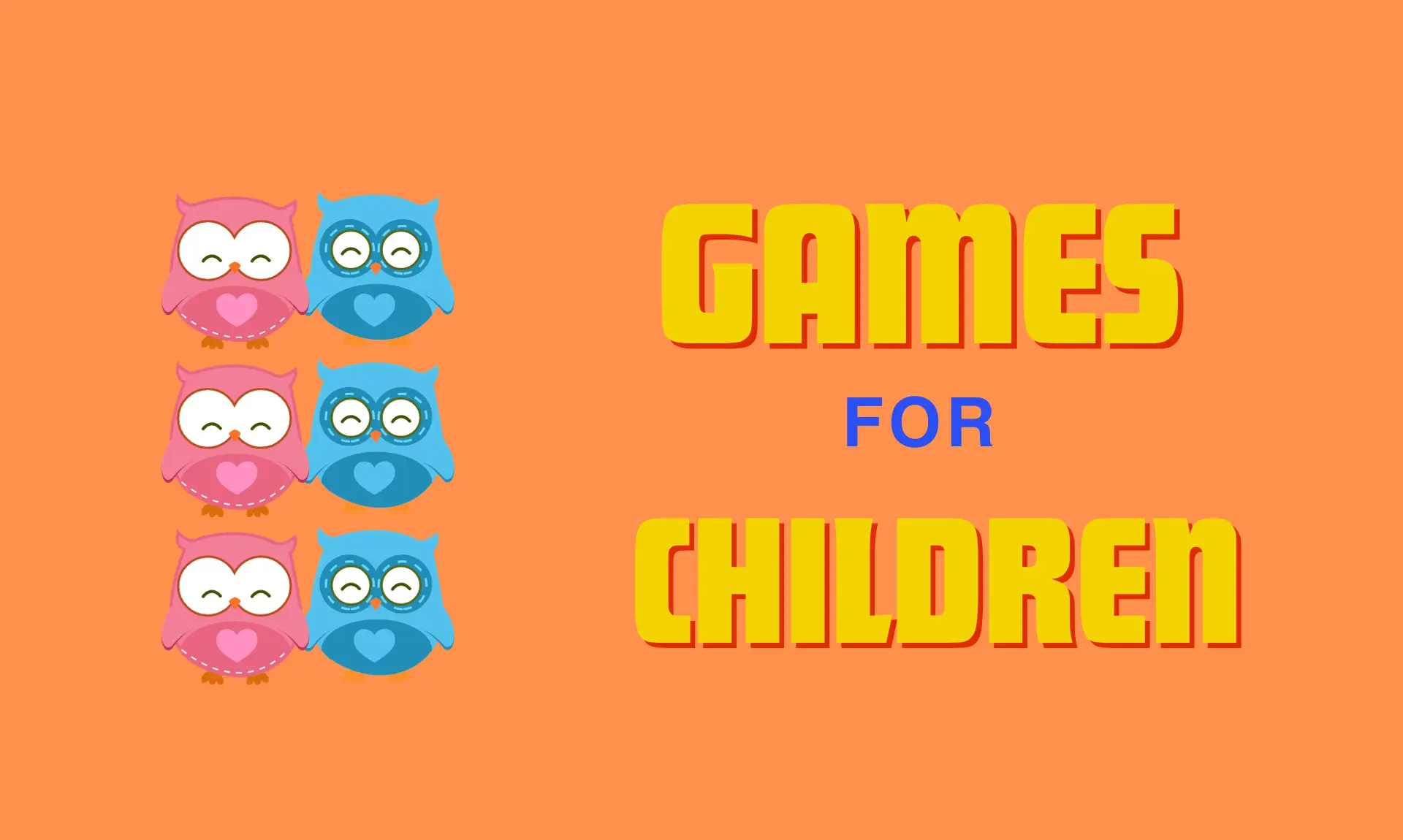Group vs. Team: How are they different?
Group vs. Team: Unraveling the Dynamics for Optimal Performance
In the realm of collaboration and productivity, the dynamics of working together can often be classified into two distinct paradigms: groups and teams. While these terms are sometimes used interchangeably, they possess distinct characteristics and function differently within organizational settings. Understanding the nuances between a group and a team is essential for maximizing productivity, fostering a cohesive work environment, and achieving collective goals. In this article, we’ll delve into the differences between groups and teams, highlighting their unique features, benefits, and how they impact organizational success.


Defining Groups and Teams
Groups: A group is a collection of individuals brought together based on common interests, tasks, or objectives. Members of a group often work independently, with their efforts summed up to achieve a shared goal. The dynamics within a group primarily revolve around individual contributions, and there might not be a specific synergy or interdependence among members.
Teams: A team, on the other hand, involves individuals with complementary skills and expertise collaborating closely to accomplish a common objective. Teams operate on the principle of interdependence, where each member’s performance directly impacts the overall success of the team. Effective communication, mutual accountability, and a shared commitment to achieving a collective goal are fundamental aspects of a successful team.
Inceptos leo rutrum quisque mauris sed eget porta curae. Scelerisque cursus congue tincidunt dignissim percum disret conse quat aenean luctus litora curae aliquet nisl id nunc justo accumsan libero nam velit eros tempor mendus cum.
The Tuckman Model: Forming, Storming, Norming, Performing, and Adjourning
The model comprises five stages:
Bruce Tuckman’s model of group development is a valuable framework for understanding the stages teams go through on their journey to optimal performance.
Examples in Real-Life Scenarios
Group: Imagine a marketing department meeting to brainstorm ideas for an upcoming campaign. Each member shares their thoughts independently, and ideas are noted down. The final decisions may be made by the department head.
Team: In contrast, picture a cross-functional product development team working on launching a new software product. Designers, developers, marketers, and QA engineers collaborate closely, each contributing their specialized expertise to ensure a successful product launch.
Incorporating the principles of group and team dynamics into your organization can significantly impact productivity and job satisfaction. By fostering a culture that understands and values both models, you can optimize performance, collaboration, and ultimately, success.
Conclusion
Both groups and teams have their place and utility within organizations. While groups can be effective for information sharing and decision-making, teams offer a higher level of collaboration, interdependence, and synergy, leading to enhanced productivity and innovation. Understanding when to use each approach and how to transition from a group to a team when needed is vital for organizational success. Striking the right balance between groups and teams allows organizations to harness the unique strengths of both paradigms and achieve their goals effectively and efficiently.

latest video
news via inbox
Nulla turp dis cursus. Integer liberos euismod pretium faucibua





